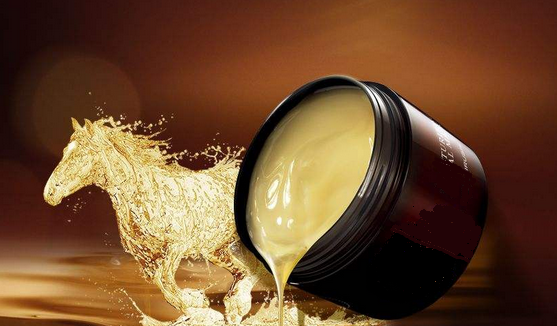Under natural conditions, Coprinus comatus can only be produced in spring and autumn. However, as long as it has a flexible grasp of its biological characteristics and meet the conditions required for its growth, the summer can still be produced. 1. Build bacteria. This technology is suitable for large-scale production in high-yield forests. Dig deeper than 0.2 meters, 1.4 meters wide, and within 20 meters in length. The distance between the bacterium should be 0.8 meters or more, and a 4 to 6 meter wide work lane should be reserved every few days to facilitate the entry and exit of vehicles. 2. Build a awning. Put a awning (with straw and shade net, etc.) 2.5 to 3 meters above the trampoline to avoid light transmission and rain. The perimeter of the awning is more than 2 meters around the trampoline, so that sunlight from 9 to 16 o'clock is not direct. Planting long vines or flowers around the shed in spring, such as long gourd gourd, chayote, loofah, pumpkin, etc. 3. Set the humidifier. Spray pipes, channels, and one-way spray heads are installed above the awnings, and a row of double nozzle pipes are installed every 4 to 5 meters in the awning to spray water and humidify the space in the awning. The surrounding pipeline should be provided with a valve on each side to close the nozzle at the downwind when the wind is blowing. 4. Insect protection measures. The awnings are best closed with insect nets to prevent pests from entering. 5. Cover material. Fertilize the soil with a fertile vegetable garden or vegetable greenhouse. For each 1000 kg of soil, 200 kg of fermented cow dung, chicken manure (or special fertilizer for edible fungi) and 10 kg of urea were added. After thoroughly mixing, organic insecticides were sprayed and then covered, and the soil was opened 5 to 7 days later. Heap, add 30 kg of lime powder, mix and cover the film, and use it after 7 days. Use 2 cubic meters of earth covering for every 100 square meters of trampoline. 6. Cultivation management. Fermentation of the culture material, bagging, and germination were performed in the usual manner. Appropriately extend the germination time, generally extended about 20 days, then according to the conventional bag, into the earthworm, cover soil. 7. Note. The relative humidity of the air under the awning should not be too high, with the highest 95% in the middle and around 75% in the surroundings. Moisturizing water spray should be repeated several times, as little as possible, so as not to accumulate water droplets on fruit bodies. The thickness of the cover soil should be 2 to 3 cm, but if you want to produce a big head mushroom, you can cover 4 to 5 cm.
Horse Oil: History and Production
Before gaining popularity as a beauty product, horse oil was used as a [folk medicine" in the days of ancient China.
Believed to be a remedy for burns, insect bites, cuts, asthma, foot
fungus, and even hair loss, the miracle oil was supposedly first brought
to Japan over 1,000 years ago. Because its properties are similar to
the oils naturally produced by human skin, it is easily absorbed by the
skin and is safe for people all ages, including infants. Due to its
effectiveness as a moisturizing agent and anti-irritant, horse oil
became especially popular in Hokkaido,
as it protects the skin from the region`s harsh climate and cold, dry
air. The vast expanse of land in the region made it easy to farm horses
for the oil.
The
product is made by extracting the oils from horse fat. Horses are
regularly farmed and raised for their meat in Japan, which is served in
the form of basashi (raw horse), so the animals are not
slaughtered solely for the purpose of a skincare product. Rather, they
are farmed for food, and their oil is a byproduct of this process.

Equine Beauty Products
Equine Beauty Products,Pure Horse Oil,Horse Oil Women Beauty,Fungasol Ointment
Jiangxi Institute of Biological Products Inc. , http://www.jxinstitute.com
